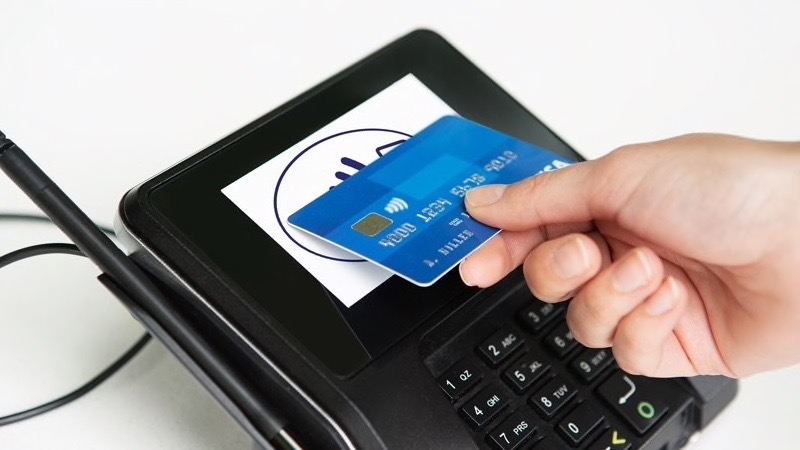An increase in the limit on what contactless cardholders in the United Kingdom can spend before they are required to authenticate themselves is raising questions about whether the new mandate will prompt consumers to shun their cards in favor of mobile wallets, which have no per transaction limit. The theory is the higher ceiling will make cards more appealing to fraudsters, prompting consumers to leave them in a drawer.
Britain’s HM Treasury and the Financial Conduct Authority have decided to raise the maximum value for a transaction made with a contactless card to £100, up from £45, effective Oct. 15. The increase follows a prior jump from £30 to £45 in April 2020. The limit has been gradually raised since contactless cards debuted in the U.K. in 2007, when the limit was initially set at £10.
In addition to the dramatically higher per-transaction limit, the HM Treasury and the Financial Conduct Authority are limiting consumers to five contactless transactions totaling a maximum of £300 before they must authenticate themselves using their PIN.

Increasing the per-transaction limit without requiring consumers to authenticate themselves is likely to make theft of contactless cards more attractive to criminals, and in turn, make consumers more inclined to favor using their mobile wallets over cards, according to Peter Alcock, head of product marketing for Schaumburg, Ill.-based payment-platform provider NMI.
Mobile wallets are not subject to spending limits because they require consumers to authenticate themselves through biometric technologies such as fingerprint or facial recognition, Alcock says.
“As we look to the future of contactless payments, mobile wallets such as Apple Pay and Google Pay bring about all the benefits of contactless payment, but with the huge added benefits of no bank-imposed transaction limit and user authentication,” Alcock says by email.
“That said, shoppers will likely start to leave their cards at home for fear or risk of theft and rely solely on their phones and mobile payments for any transaction,” he continues. “Ironically, increasing the contactless card limit will actually drive people away from using physical cards to pay, and onto their smart phones.”
Another wedge that can drive U.K. consumers away from contactless cards and toward mobile wallets is the rules governing cardholder liability in the event a fraudulent transaction is made with a debit card. Cardholders are initially charged for the transaction until the issuing bank determines it is fraudulent and refunds the money to the consumer’s account. “With the limit going up, [this] can have a negative impact on the cardholder until they are refunded by the bank,” Alcock says.
Interestingly, some card issuers in the U.K. are planning to allow cardholders to set their own contactless limits between zero and £95 using their phone-banking app, Alcock adds.
In contrast to the U.K., no regulatory limits apply to the value of purchases made using a contactless card in the United States. Card issuers, however, can limit the amount cardholders can spend via contactless transactions.
“Because there is currently no explicit limit in the U.S., the actual limits imposed by banks may be adjusted in the future, taking into account a number of factors,” Alcock says. “Retailers will want to encourage contactless usage, but, depending on where the liability for any fraud lies, the card issuer may have to impose limits—per-transaction, cumulative value, or transaction count—if fraud starts to rise.”





